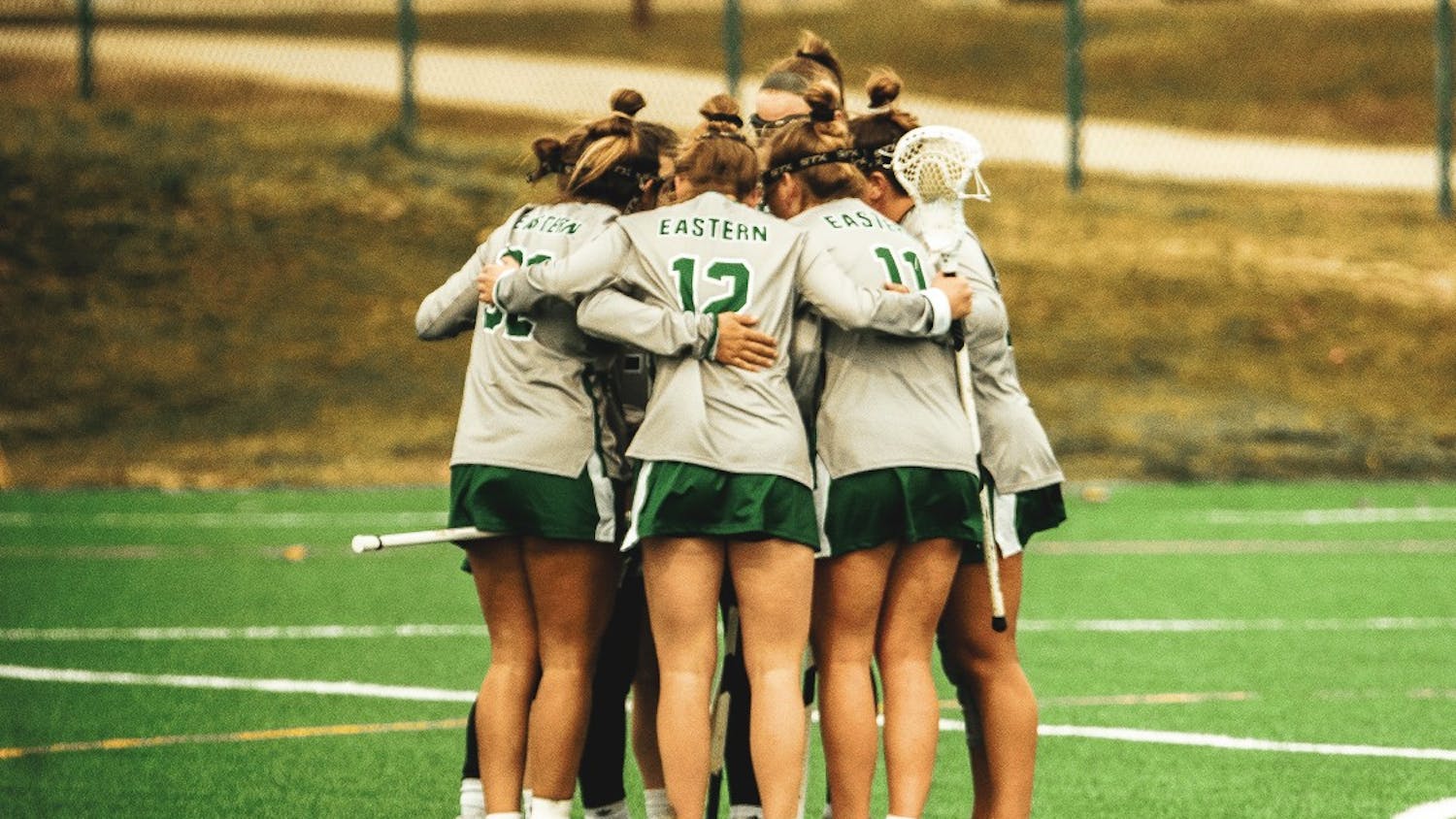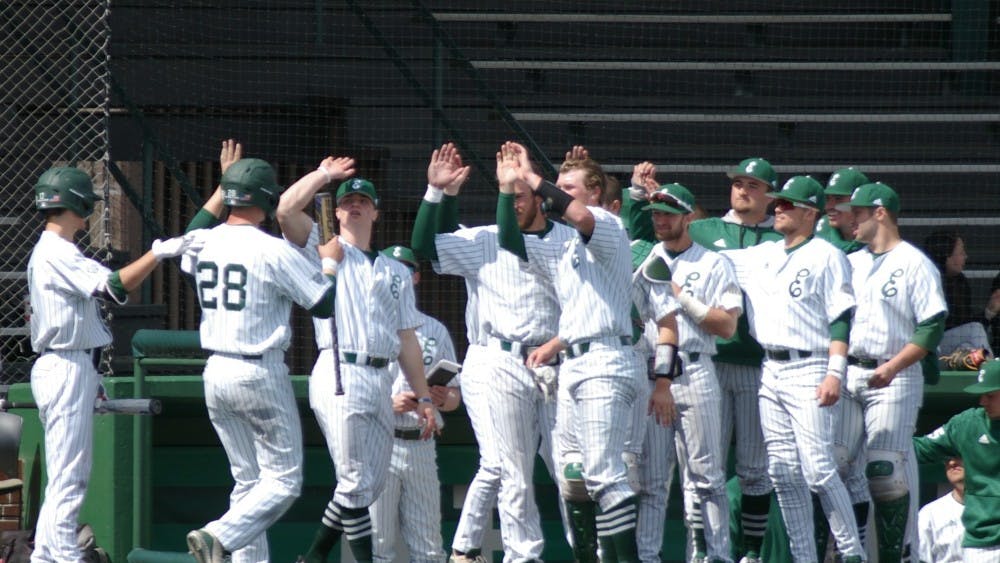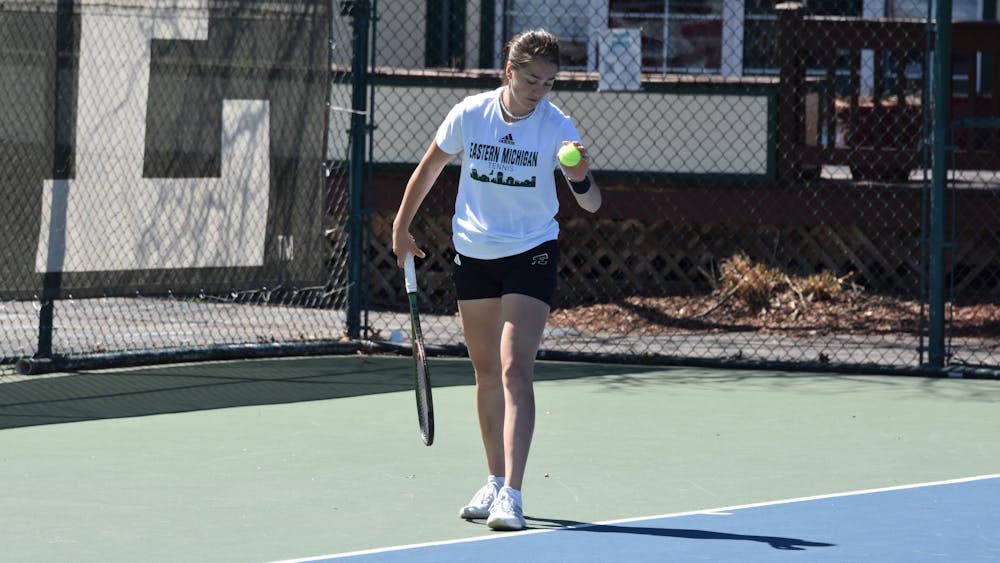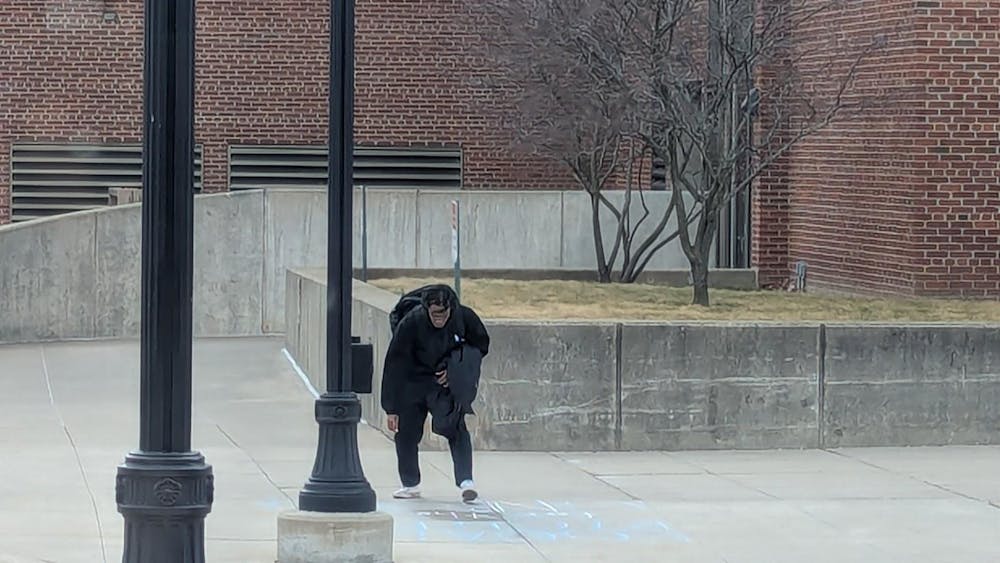The process of finding the right player to draft and cultivate is no easy task, but for Carolina Panthers area college scout John E. Peterson, it is how he has made a living over the last five decades.
“My focus is on college scouting and going to the training camps to evaluate the tape on potential draft picks,” Peterson said. “The basic formula for me is that quality people build quality programs.”
The states where Peterson evaluates talent are Texas, Oklahoma, Arkansas, Missouri, Kansas, Colorado, Nebraska and Wyoming.
One of the areas he checks out are the top offensive linemen in the country.
“This year I did the kid from Central Michigan (University) Luke Fisher and in the past have done some of other kids from the Mid-American Conference,” Peterson said.
Peterson’s road to his current position as a regional scout for the Carolina Panthers of the National Football League began when he was born in Ann Arbor, Mich., on Sept. 26, 1948.
He graduated from Ann Arbor Pioneer High School in 1966.
After graduation, Peterson spent a year and a half at Northern Michigan University playing football and then transferred to Eastern Michigan University in the spring of 1968.
In June 1970, he graduated from EMU with a bachelor’s degree in physical education.
After EMU, Peterson went to Michigan State University and in Aug. 1971, received his master’s degree in Physical Science.
Then, he took a coaching and teaching job at Highland High School in Highland, Ind., where he stayed for two years.
During his time at Hartland, Peterson had a tryout with the Chicago Bears in March 1973 but did not make the cut.
After the realization that his football days were over, Peterson went to Northern Illinois University as a graduate assistant in 1973.
In his second year at NIU, he worked with the offensive line and was the head freshmen coach.
At the same time, he started his doctorate work at the University of Utah.
“I would go there during the summer and eventually moved full-time for residency reasons,” Peterson said.
While pursuing his doctorate, he became the defensive coordinator for Westminster College in Salt Lake City, Utah in 1976.
In Dec. 1976, he received his doctorate from Utah and got his first head coaching college position at Frostburg State University in Frostburg. Md.
At the time, FSU was tied with McAllister College for the longest losing streak in National Collegiate Athletic Association football history.
“I had five seniors I inherited who never won a college football game and we won our last game of the season,” Peterson said. “By our third year, we [Frostburg State] were 6-4.”
After four seasons at Frostburg State University, he moved on to Holy Cross College in Worcester, Mass., as an assistant head coach.
Peterson then moved on after one season to Bemidji State University in Bemidji, Minn., where he was the head coach for seven seasons and served as the athletic director for the first two.
“We had three consecutive winning seasons which was the most success they have experienced in their 50 seasons prior,” Peterson said.
After leaving Bemidji State, he went into professional football and joined the Ottawa Rough Riders of the Canadian Football League in 1989.
In 1991, after two seasons with the Rough Riders, Peterson was named the vice president and general manager of the San Antonio Riders in the World League of American Football (later known as NFL Europe).
The experience in San Antonio helped prepare him to take the next step to the National Football League.
“I did everything from the front office, running player personnel, all the way to football operations,” he said.
During that same year, Peterson hired Mike Riley, currently at Oregon State University in the same capacity as the head coach.
He also drafted quarterback and current Dallas Cowboys head coach Jason Garrett in 1991.
Another notable signing was left tackle John “Bradshaw” Layfield, who is currently a World Wrestling Entertainment commentator.
“John was a pretty interesting guy and could imitate Hulk Hogan like no other,” Peterson said. “I rememberwhen we were in Barcelona, Spain sightseeing and all of the sudden Layfield jumped up on a fence and took off his shirt to do a Hogan impersonation and it was hilarious.”
In Peterson’s second season in 1992, the WLAF folded and it came as a shock.
“I was in tears when they shut us down, but a year later they restarted with Europe-only teams as NFL Europe,” Peterson said.
Peterson spent a year out of football and became the director of player personnel for the Toronto Argonauts of the Canadian Football League.
Despite working in Toronto, he kept his family back in San Antonio, where they currently reside.
After two campaigns working in the Argonauts front office, Peterson took a position as an area scout for the Seattle Seahawks, where he would spend the next 11 seasons.
Peterson was a part of the Seahawks organization that made the Super Bowl in 2006 and he recalls a moment during pregame where he heard a familiar voice on the sidelines.
“As the team was warming up, I hear this voice from a distance, and I heard [John Peterson] and looked over and it was Jimmy Butson, who I had not seen since graduating from EMU,” Peterson said. “He was on the sidelines working security and it was great for us to chat once more about life.”
After leaving the Seahawks in 2007, Peterson joined the Panthers, where he is currently a regional scout that focuses on the southwest and plains states.
As he heads into his 17th season as a scout in the National Football League, Peterson is looking forward to watching from a distance the resurgence of EMU football.
“I hope EMU does well in football this year and continues to develop the program,” Peterson said.
Social Media:
Follow Eugene Evans on Twitter: @EasternEchoGeno










